Best carpet plants for aquarium: Did you know that having carpet plants in your aquarium not only enhances its visual appeal but also provides essential cover and protection for fry and small aquatic pets? Choosing the right carpet plants can transform your fish tank into a vibrant and natural underwater landscape. In this article, I will introduce you to the top 10 carpet plants for your aquarium, each with unique characteristics and requirements that make them suitable for both beginners and experienced aquarists.
Table of Contents
Key Takeaways:
- Carpet plants provide aesthetic value and protection for small aquatic pets in your aquarium.
- Choosing the right carpet plants depends on factors such as water parameters, lighting intensity, and supplementation.
- Here are the top 10 carpet plants for aquariums: Java Moss, Dwarf Baby Tears, Dwarf Hairgrass, Glosso, Dwarf Sagittaria, Christmas Moss, Utricularia Graminifolia, Sagittaria Subulata, Monte Carlo, and Staurogyne Repens.
- Each carpet plant has specific lighting, CO2, temperature, pH, and water hardness requirements for optimal growth.
- By providing the right environment and care, you can create a stunning carpet in your fish tank.
Java Moss
When it comes to creating a lush green carpet in your aquarium, Java Moss is a top choice among aquarists. This versatile plant not only adds beauty to your tank but also provides a natural and comfortable environment for your aquatic pets. Native to Southeast Asian tropical regions, Java Moss features long oval-shaped leaves that create an attractive carpet effect in your aquarium.
One of the key benefits of Java Moss is its low maintenance requirements. Unlike some other carpet plants, Java Moss can thrive with low-intensity lighting and without the need for CO2 supplementation. This makes it an excellent option for beginners or those looking for an easy-to-care-for carpet plant.
Here are some key considerations for successfully growing Java Moss in your aquarium:
- Lighting: Java Moss prefers low-intensity lighting, making it suitable for aquariums that may not have strong lighting setups.
- Temperature and Water Parameters: Java Moss does well in a temperature range of 59 to 82℉. It can tolerate a pH range between 5.5 to 8 and water hardness between 6 to 20dGH.
If you want to add a touch of natural beauty to your aquarium without the hassle of intense lighting and CO2 supplementation, Java Moss is an excellent choice. Its ability to thrive in low-intensity lighting and its low maintenance requirements make it an ideal carpet plant for both beginner and experienced aquarists.
| Plant Name | Lighting Requirement | CO2 Requirement |
|---|---|---|
| Java Moss | Low-intensity | Not required |
Dwarf Baby Tears
Dwarf Baby Tears, also known as Hemianthus callitrichoides ‘Cuba,’ is a vibrant green carpet plant that thrives in aquariums. Its lush appearance and delicate foliage make it a popular choice for aquarists looking to create a visually appealing underwater landscape. This small aquatic plant requires medium to high-intensity lighting for proper growth and development. When provided with the right lighting conditions, Dwarf Baby Tears can form a dense and beautiful carpet in the aquarium.
While Dwarf Baby Tears can benefit from CO2 supplementation, it is also capable of carpeting without it. This versatility makes it a suitable choice for both low-tech and high-tech setups. However, to achieve optimal growth and vibrant green coloration, it is important to provide stable and appropriate water parameters. Ensure a temperature range of 68 to 82℉ and maintain a pH level between 5.0 to 7.5 to support the health and growth of Dwarf Baby Tears.
Dwarf Hairgrass
Dwarf Hairgrass is one of the best carpet plants for aquariums, known for its stunning resemblance to a fine-bladed grassy lawn. Originating from North American and European regions, this plant adds a touch of natural beauty to any aquatic landscape. Its vibrant green color and delicate blades create a lush carpet effect, making it a favorite among aquarists.
To ensure optimal growth, Dwarf Hairgrass requires medium to high-intensity lighting. Providing sufficient lighting not only promotes photosynthesis but also encourages the plant to spread horizontally, forming a dense and attractive carpet. Regular trimming is essential to stimulate lateral growth and maintain the desired carpet-like appearance.
This versatile plant thrives within a temperature range of 50 ℉ to 85 ℉, making it suitable for a wide variety of tank setups. It prefers a slightly acidic to neutral pH level, ranging from 6.5 to 7.5, and a water hardness between 2 to 10 KH. By maintaining these water parameters, you can create an ideal environment for the healthy growth of Dwarf Hairgrass in your aquarium.
Glosso
Glosso is a popular carpet plant for aquariums due to its charming tiny, oval-shaped leaves. It originates from the water bodies of Tasmania, New Zealand, and Southeast Australia. With its vibrant green color and low-growing habit, Glosso adds a beautiful touch to any aquascape.
When it comes to lighting requirements, Glosso prefers a higher light intensity. To ensure proper growth, provide 2 to 3 watts per gallon of light for approximately 10 hours daily. Additionally, maintaining an optimal CO2 concentration of 6-14 mg/l is crucial for its well-being.
Glosso thrives in a temperature range of 72 to 86℉ and prefers slightly acidic to neutral water conditions. Aim for a pH between 6.5 to 7.5 to create an ideal environment for this carpeting plant. It can tolerate a range of water hardness levels, from soft to medium.
| Lighting Requirements | CO2 Requirements | Temperature Range | pH Range | Water Hardness |
|---|---|---|---|---|
| 2-3 watts per gallon for 10 hours daily | Optimal CO2 concentration of 6-14 mg/l | 72-86℉ | 6.5-7.5 | Soft to medium |
In conclusion, Glosso is an excellent choice for aquarists looking to create a lush carpet in their aquariums. By providing adequate lighting, CO2 supplementation, and maintaining the right temperature and water parameters, you can enjoy the beauty of Glosso in your underwater landscape.
Dwarf Sagittaria
Native to the South American region, Dwarf Sagittaria is a rosette-shaped carpet plant that adds beauty and functionality to aquariums. Its vibrant green foliage provides cover and protection to small aquatic pets, making it an excellent choice for aquarists looking to create a natural underwater landscape. This plant grows up to 4 to 6 inches in height, making it perfect for foreground placement in the aquarium.
In terms of lighting requirements, Dwarf Sagittaria thrives when exposed to fluorescent bulbs. It is best to provide a temperature range of 68 to 82 ℉ for optimal growth. Additionally, maintaining pH levels within 6.0 to 8.0 and water hardness between 2 to 15 GH will create an ideal environment for this South American native.
With its ability to adapt to various water parameters, Dwarf Sagittaria is suitable for both beginner and experienced aquarists. Its ease of care, coupled with its attractive appearance, makes it one of the best carpet plants for aquariums.
Dwarf Sagittaria can be easily incorporated into both freshwater and planted aquariums, providing an appealing carpet-like effect. By carefully selecting the right carpet plants for your aquarium, you can create a beautiful underwater landscape that not only enhances the visual appeal but also provides a healthy and natural habitat for your aquatic pets.
Christmas Moss

Christmas Moss is an aquatic plant known for its attractive appearance and small leaf size. It is one of the best carpet plants for aquariums, providing a lush and vibrant carpet effect. This moss species is widely found in Thailand, India, Japan, and the Philippines.
One of the reasons why Christmas Moss is popular among aquarists is because it is easy to grow and low maintenance. It does not require special lighting or CO2 supplementation, making it suitable for beginners and low-tech tanks. However, it can benefit from optimized water parameters for optimum growth.
To ensure the best conditions for Christmas Moss, maintain a temperature range of 65 to 77℉ and a pH level between 5 to 7.5. Placing the moss near the filtration system can provide good water movement, ensuring the moss remains healthy and thrives in the aquarium.
Benefits of Christmas Moss in an Aquarium
- Creates a lush and natural carpet effect in the aquarium.
- Provides hiding places and protection for small fish and fry.
- Enhances the overall aesthetics of the aquarium.
Whether you are a beginner or an experienced aquarist, Christmas Moss is a great choice for creating a beautiful and picturesque carpet in your aquarium.
Utricularia Graminifolia
Utricularia Graminifolia, also known as Asian aquatic grass, is a stunning addition to any aquarium. This thin-stalked carpet plant hails from Asia and boasts a unique and eye-catching appearance. When it comes to choosing the best carpet plants for your aquarium, Utricularia Graminifolia should be at the top of your list.
One of the key requirements for the successful growth of Utricularia Graminifolia is medium-intensity lighting. Providing adequate light intensity will ensure that this aquatic grass thrives and spreads, forming a beautiful carpet effect in your tank.
In addition to lighting, Utricularia Graminifolia also has a specific CO2 requirement. Supplying your aquarium with sufficient CO2 will support the plant’s growth and overall health. Consider adding a CO2 supplementation system to ensure optimal conditions for Utricularia Graminifolia.
It’s worth noting that Utricularia Graminifolia is well-suited for aquariums with hard water and a pH range of 7 to 10. Therefore, if your aquarium falls within this range, this aquatic grass will flourish and thrive.
To recap, Utricularia Graminifolia is a sought-after carpet plant that adds a touch of elegance to any aquarium. With its medium-intensity lighting requirement and CO2 supplementation, this aquatic grass will transform your tank into a lush underwater landscape. Consider incorporating Utricularia Graminifolia into your aquarium for a visually stunning and vibrant aquatic environment.
Key Requirements for Utricularia Graminifolia
| Lighting Intensity | Medium |
|---|---|
| CO2 Requirement | Supplementation needed for optimal growth |
| Water Hardness | Hard |
| pH Range | 7-10 |
Sagittaria Subulata
Sagittaria Subulata, also known as the Narrow-leafed Arrowhead, is one of the best carpet plants for aquariums. It is a long-stalked plant that can create a lush carpet in both fresh and brackish waters, making it a versatile choice for various setups.
This plant requires moderate-intensity lighting for optimal growth. Providing adequate lighting ensures that Sagittaria Subulata can photosynthesize effectively and develop a dense carpet. It is recommended to use 2 to 3 watts of light per gallon of water to meet the moderate-intensity lighting requirement.
CO2 supplementation is essential for the healthy growth of Sagittaria Subulata. Carbon dioxide is a key component in the process of photosynthesis and helps the plant convert light energy into chemical energy. Providing CO2 supplementation, either through liquid carbon or a CO2 injection system, ensures that Sagittaria Subulata receives the necessary carbon source to thrive.
When it comes to water parameters, Sagittaria Subulata is relatively adaptable. It thrives within a temperature range of 68 to 82℉, which is suitable for many aquarium setups. The pH range for optimal growth is between 6.0 to 8.0, allowing the plant to tolerate a wide range of water acidity levels. Additionally, Sagittaria Subulata can thrive in water with a hardness level ranging from 2 to 15 GH.
With moderate lighting, CO2 supplementation, and suitable water parameters, Sagittaria Subulata can transform your aquarium into a lush and vibrant underwater landscape. Its long-stalked growth habit adds an elegant touch to any aquascape, making it a popular choice among aquarium enthusiasts.
Monte Carlo

Monte Carlo is an attractive carpet plant with small round leaves that make it an excellent choice for aquarium enthusiasts. Its lush green color adds a vibrant touch to any aquatic scape, creating a visually appealing underwater garden.
Growing Monte Carlo
One of the reasons why Monte Carlo is considered one of the best carpet plants for aquariums is its adaptability to low-tech tank requirements. This means that it is suitable for aquarium setups without the need for advanced equipment or CO2 supplementation. However, providing moderate to high lighting intensity is crucial for the plant’s healthy growth and development.
Monte Carlo thrives in a temperature range of 68 to 77 ℉ and a pH level between 5 to 7.5. It can tolerate a water hardness level of up to 15 GH, making it a versatile plant that can be introduced to various aquatic environments.
Benefits of Monte Carlo
Not only does Monte Carlo create a beautiful carpet effect in aquariums, but it also offers several other benefits. Firstly, its dense growth pattern provides excellent coverage and shelter for small fish and invertebrates. This helps create a natural habitat and reduces stress for the tank inhabitants.
Secondly, Monte Carlo is relatively low-maintenance, making it an ideal choice for beginners or aquarists looking for hassle-free plant options. Its compact growth habit minimizes the need for frequent trimming, allowing the aquarium to maintain its pristine appearance with little effort.
Lastly, Monte Carlo works exceptionally well in aquascaping designs, whether used as a foreground carpet or as a filler plant in the midground. Its small round leaves contrast beautifully with other aquatic plants, adding depth and visual interest to the overall layout.
Conclusion
In conclusion, creating a lush carpet in an aquarium is achievable with the right plant species and proper care. The top 10 carpet plants for aquariums include Java Moss, Dwarf Baby Tears, Dwarf Hairgrass, Glosso, Dwarf Sagittaria, Christmas Moss, Utricularia Graminifolia, Sagittaria Subulata, Monte Carlo, and Staurogyne Repens. These plants offer a range of options for aquarists to create a vibrant carpet in their fish tanks.
Each of these carpet plants has specific requirements for lighting, CO2 supplementation, and water parameters. It is important to consider these factors when choosing which plants to incorporate into your aquarium. Providing the right amount of light, adequate CO2 levels, and maintaining suitable water parameters are crucial for their growth and overall health.
With their easy-to-grow nature and ability to thrive in aquarium environments, these carpet plants are ideal for hobbyists of all experience levels. Whether you are a beginner or an experienced aquarist, these plants offer a beautiful carpeting solution that will enhance the visual appeal of your aquarium and provide a natural habitat for your aquatic pets.
By selecting the best carpet plants for your aquarium and creating an environment that meets their specific needs, you can enjoy a stunning aquatic landscape filled with vibrant and healthy carpet plants. So why wait? Start carpeting your fish tank today!
FAQ
What are the best carpet plants for an aquarium?
The top 10 carpet plants for aquariums are Java Moss, Dwarf Baby Tears, Dwarf Hairgrass, Glosso, Dwarf Sagittaria, Christmas Moss, Utricularia Graminifolia, Sagittaria Subulata, Monte Carlo, and Staurogyne Repens.
Does Java Moss require high-intensity lighting?
No, Java Moss can thrive with low-intensity lighting.
Can Dwarf Baby Tears grow without CO2 supplementation?
Yes, Dwarf Baby Tears can still form a carpet without CO2 supplementation, although it thrives better with it.
How should Dwarf Hairgrass be encouraged to grow horizontally?
Dwarf Hairgrass can be encouraged to grow horizontally through regular trimming.
What are the ideal water parameters for Glosso?
Glosso thrives with 2 to 3 watts per gallon of light for about 10 hours daily, an optimal CO2 concentration of 6-14 mg/l, a temperature range of 72 to 86℉, pH between 6.5 to 7.5, and it can tolerate soft to medium water hardness.
Where is Dwarf Sagittaria native to?
Dwarf Sagittaria is native to the South American region.
Does Christmas Moss require special lighting or CO2 supplementation?
No, Christmas Moss does not require special lighting or CO2 supplementation, although it benefits from optimized water parameters such as a temperature range of 65 to 77 ℉, pH between 5 to 7.5, and placement near the filtration system for good water movement.
What are the lighting and CO2 requirements for Utricularia Graminifolia?
Utricularia Graminifolia requires medium-intensity lighting and CO2 supplementation for proper growth.
What are the water parameter requirements for Sagittaria Subulata?
Sagittaria Subulata thrives within a temperature range of 68 to 82℉, pH within 6.0 to 8.0, and water hardness between 2 to 15 GH.
Does Monte Carlo require CO2 supplementation?
No, Monte Carlo can be grown in low-tech tanks without the need for CO2 supplementation, although it benefits from moderate to high lighting intensity.
References
International Federation of Online Clubs and Aquatic Societies (IFOCAS)
Federation of British Aquatic Societies (FBAS)
Northeast Council of Aquarium Societies (NEC)
Federation of American Aquarium Societies (FAAS)
International Aquatic Plants Layout Contest (IAPLC)
I am a passionate aquarist with over 30 years of hands-on experience in fishkeeping. My journey began at a young age, collecting fish from the wild and learning through experimentation. Specializing in tropical fish, I bring a deep understanding of the hobby to FishKeepingMadeSimple. The site provides honest, detailed reviews of essential products and accessories to help fellow enthusiasts create the best environments for their fish.


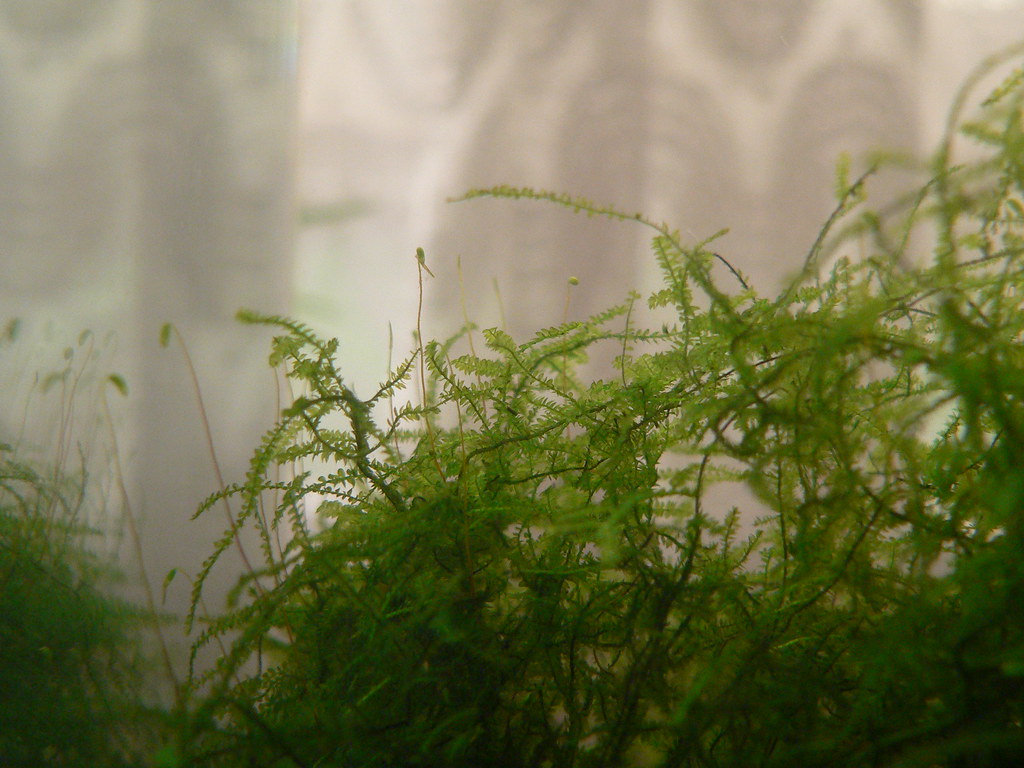


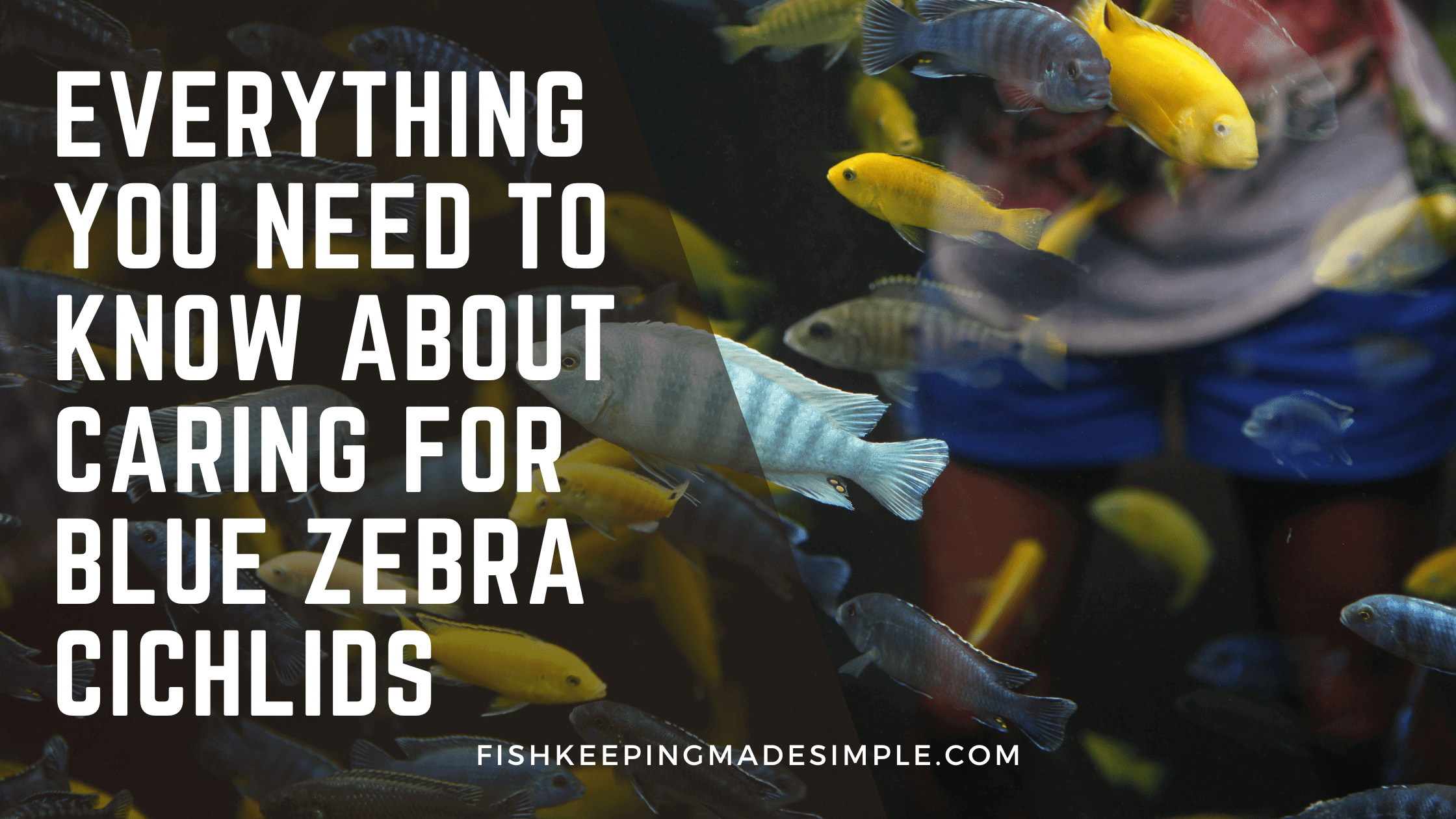
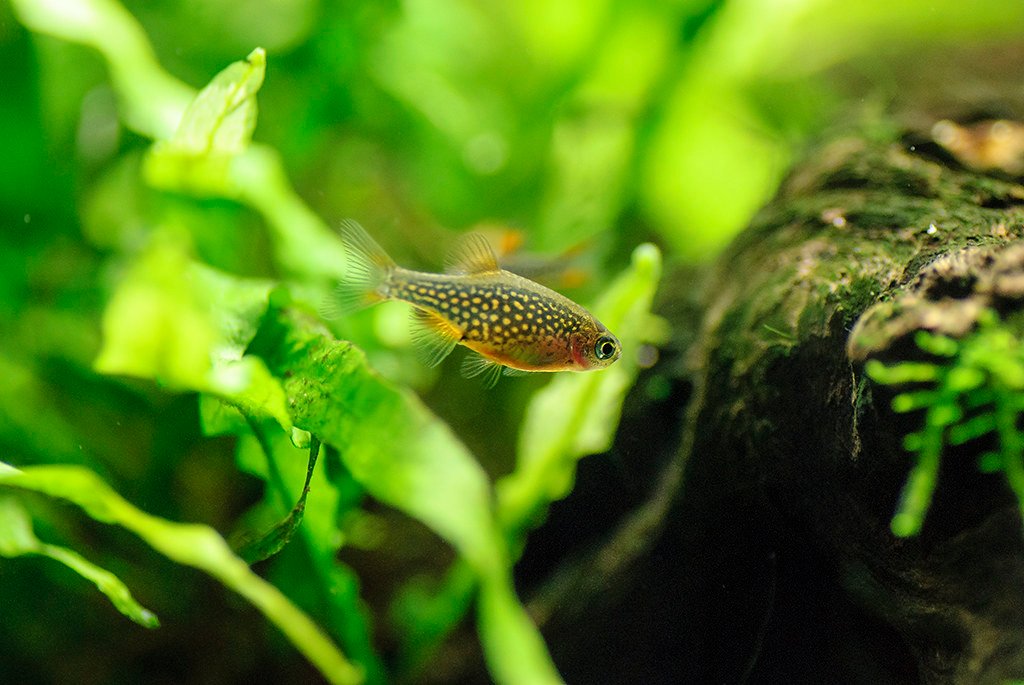
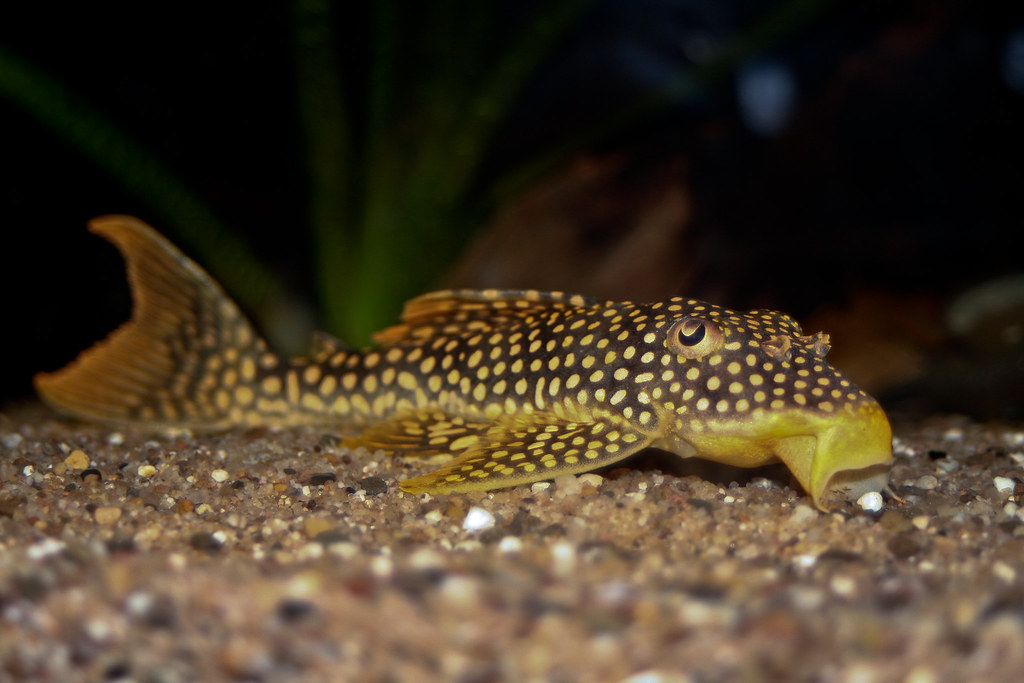
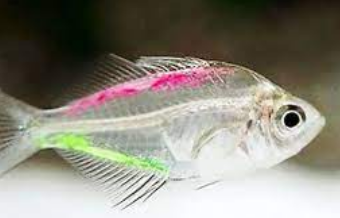


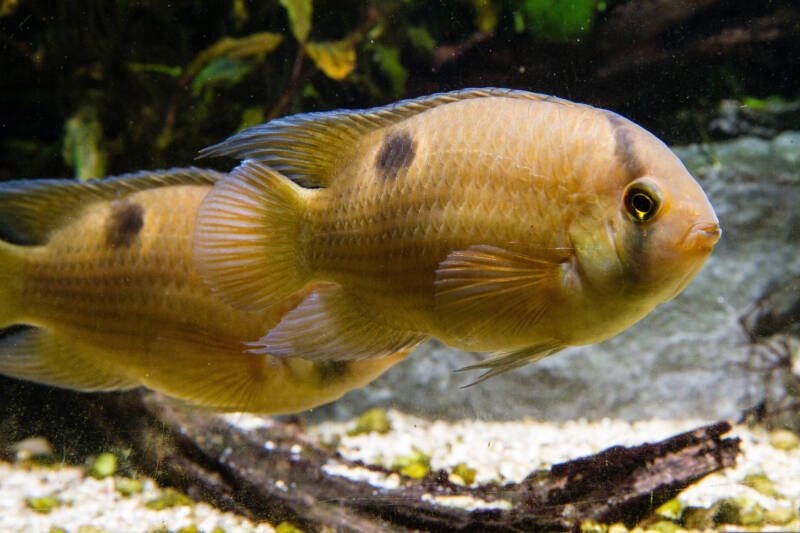

[…] and don’t require a lot of light, it’s still important to provide some light for the plants in your aquarium if you choose to have […]